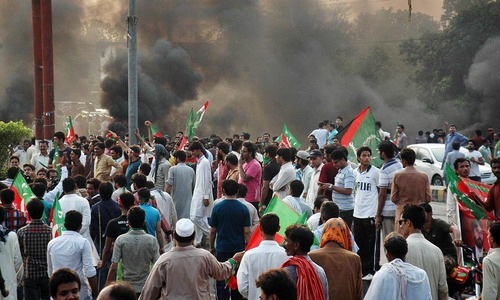

**Title: Comprehending the Limitations Placed on Heavy Vehicles from Thokar Niaz Baig to Raiwind Road**
**Introduction**
The dynamic city of Lahore, Pakistan, is renowned for its lively culture, historic sites, and rapidly advancing infrastructure. As the city grows, so does its traffic, resulting in congestion and safety issues. A noteworthy action taken by local officials to tackle these challenges is the prohibition of heavy vehicles from Thokar Niaz Baig to Raiwind Road. This article explores the motivations behind this ban, its consequences, and its effects on the local populace and economy.
**Reasons for the Restriction**
1. **Traffic Congestion**: Thokar Niaz Baig and Raiwind Road serve as vital routes in Lahore’s transportation framework. The surge of heavy vehicles, including trucks and trailers, significantly impacts traffic congestion, particularly during peak times. By imposing restrictions on these vehicles, officials aim to optimize traffic flow and lessen travel duration for commuters.
2. **Road Safety**: Heavy vehicles carry a greater risk of accidents due to their dimensions and limited ability to maneuver. The restriction is aimed at improving road safety for smaller vehicles, cyclists, and pedestrians by decreasing the likelihood of collisions and enhancing general traffic control.
3. **Infrastructure Preservation**: The continuous transit of heavy vehicles can cause rapid deterioration of road surfaces. By limiting access, the city seeks to conserve infrastructure, lower maintenance expenses, and prolong the durability of the roads.
4. **Environmental Concerns**: Heavy vehicles substantially contribute to air and noise pollution. Limiting their operation aids in reducing emissions and noise levels, fostering a healthier environment for residents.
**Implications of the Restriction**
1. **Economic Impact**: Although the restriction seeks to enhance traffic conditions, it may have economic repercussions for enterprises dependent on the transportation of goods. Logistics firms and industries situated along this route could encounter heightened operational costs due to longer alternative paths.
2. **Alternative Routes**: The restriction necessitates the recognition and creation of alternative routes for heavy vehicles. This may entail infrastructure investment and strategic planning to ensure these routes can accommodate the additional load without causing congestion in other areas.
3. **Public Transportation**: With diminished congestion, public transportation systems, such as buses, may witness enhanced efficiency and reliability, motivating more individuals to choose public transit over private vehicles.
**Impact on the Local Community**
1. **Improved Quality of Life**: Residents along Thokar Niaz Baig to Raiwind Road are expected to enjoy a higher quality of life due to decreased noise and air pollution, rendering the vicinity more agreeable for living and working.
2. **Enhanced Safety**: With a reduction in heavy vehicles on the roads, the probability of accidents diminishes, making the roads safer for all users, including pedestrians and cyclists.
3. **Economic Opportunities**: The restriction may create new economic prospects for local businesses catering to the rising pedestrian traffic and improved accessibility.
**Conclusion**
The prohibition of heavy vehicles from Thokar Niaz Baig to Raiwind Road represents a tactical initiative by Lahore’s authorities to address traffic congestion, improve road safety, and maintain infrastructure. While it poses certain challenges, particularly for the logistics industry, the long-term advantages for the community and environment are substantial. As Lahore continues its expansion, such initiatives are vital for ensuring sustainable urban growth and enhancing the quality of life for its inhabitants.






